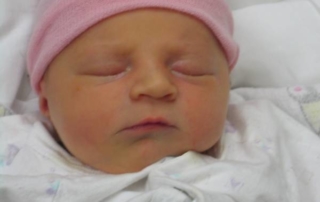Mood and well-being after removal of both ovaries
The risk of depression after removal of both ovaries (also called bilateral oöphorectomy or surgical menopause) is a major factor for women to consider when they confront medical problems that require removal of the uterus (called a hysterectomy). Many women are advised to consider having their ovaries removed when they are having the uterus removed. Sometimes removal of the ovaries is required to fully treat the condition leading to surgery, but other times it is suggested as a precaution to reduce the risk of ovarian cancer. Removal of both ovaries in a premenopausal woman results in an abrupt withdrawal of estrogen, progesterone, and testosterone. Therefore removing both ovaries (rather than just one or neither ovary) may have significant effects on mood and well-being in women.




